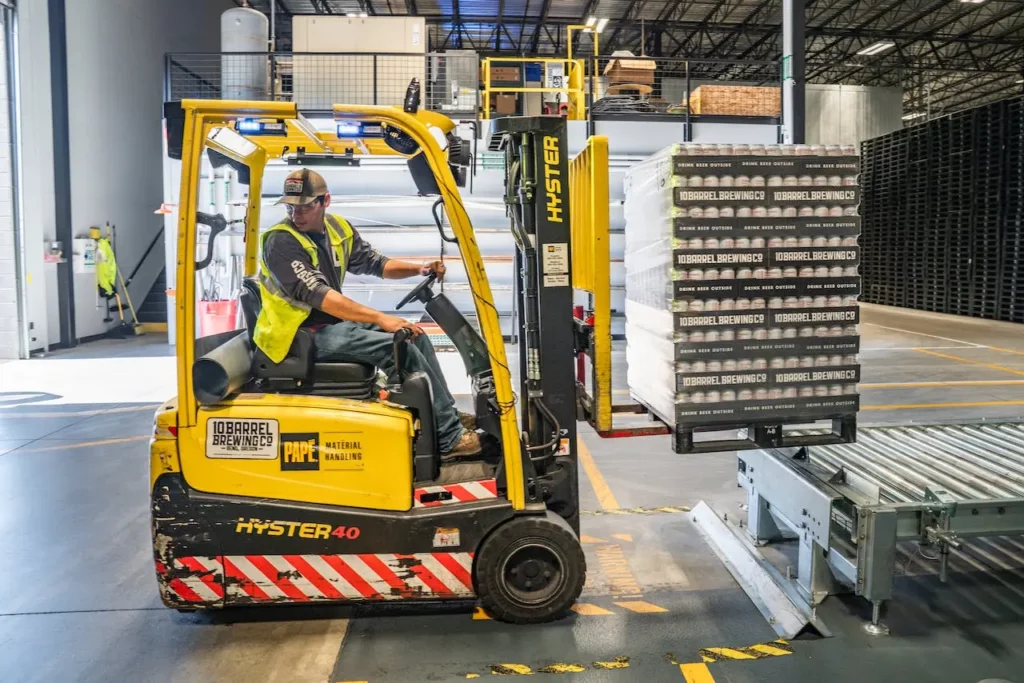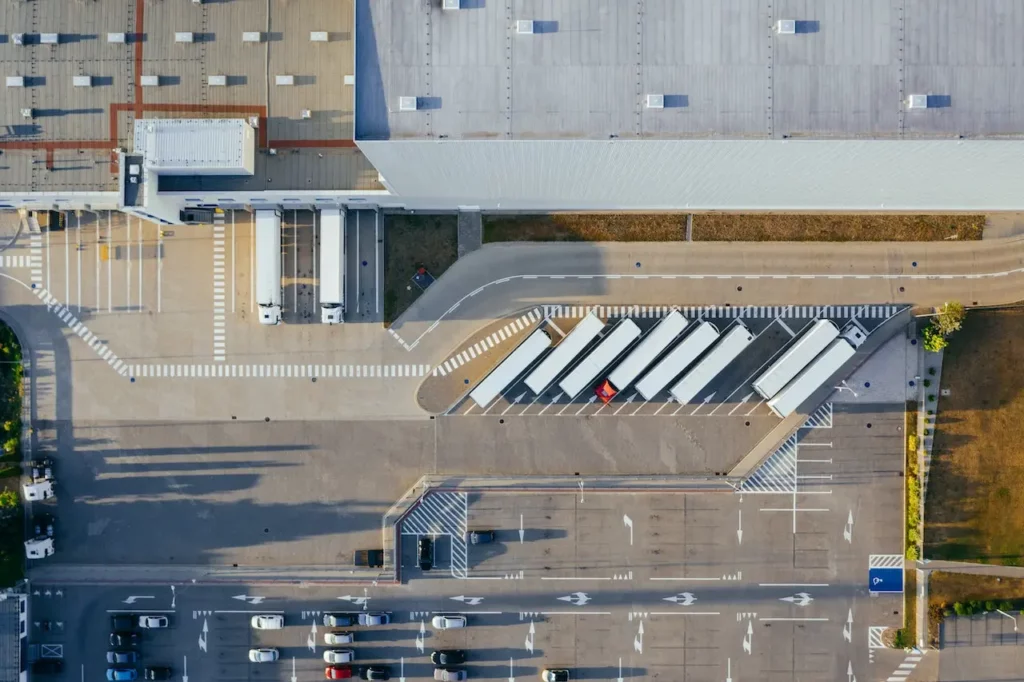It is our collective responsibility to find ways to lessen the negative effects that businesses and society at large have on the environment, and the logistics industry is no exception. Based on scientific research, we already know that rising global temperatures seriously harm the ecosystem and our planet, with dire repercussions for all living things.
Reducing carbon footprints through behavior changes and the adoption of healthier practices in both home and industrial settings is an effective strategy to support environmental balance. Continue reading to learn how you can help.
What is the carbon footprint?
The carbon footprint is a measure of how much greenhouse gas pollution (GHG) from individuals and companies is emitted into the atmosphere. Examples of GHGs include carbon dioxide and methane gas.
The measure considers the production, transportation, consumption, and disposal of goods and services. Food production, the use of fuel, power, and water, and industrial production processes are a few examples.
These and other activities release greenhouse gasses into the atmosphere, endangering our planet with catastrophic consequences like the predicted climate shifts that raise temperatures and trigger rain and flooding.
Thankfully, worries over carbon footprint reduction are growing each time. Businesses and individuals dedicated to the welfare and standard of living of people at large have actively addressed this issue.
Consequently, containment measures are being implemented, which is unquestionably an essential contribution that is accessible to all, as we shall see later.
Tip: 7 Crucial Tips for Efficient and Sustainable Logistics
Legislation and the Carbon Footprint
We can include some current guidelines and criteria so that businesses can follow the reduction of their carbon impact on the environment. Read on to learn more about them:
GHG protocol
It is a protocol that makes it possible to confirm how much carbon dioxide and other gases businesses release throughout their manufacturing process. The computation adheres to the guidelines set forth by the Intergovernmental Panel on Climate Change (IPCC).
PAS 2050
It provides a quantitative examination of the gases released across a product or service’s whole life cycle. By doing this, the business will be able to identify its goods and inform customers about its ethical consumption practices.
ISO 14064
The industry is provided with a set of tools for developing greenhouse gas reduction initiatives under the ISO 14064 Standard. The business that carries this seal benefits from increased consumer trust as well as increased market competitiveness by demonstrating its concern for environmental issues.
ISO 14067
The ISO 14067 Standard clarifies the parameters and procedures that are appropriate for measuring and communicating the carbon footprint (CPC). The foundation of ISO 14067 is data about the life cycle of products and the volume of gases generated over this time.
How to calculate carbon footprint?
We can use an online calculator to determine the amount of gases generated in daily activities, such as the following, to help with the carbon footprint calculation process.
- usage of personal transportation;
- using public transportation;
- using electricity;
- using gas for cooking;
- and taking flights.
As a result, the user may examine and learn about measures to offset this damage, such as planting trees and helping with environmental replanting, in addition to knowing how much gas they produce on a monthly and annual basis.
How people can reduce their carbon footprint?
Changing behaviors that must permeate all aspects of our lives and our days is the first step in lowering the number of toxic gasses we release into the atmosphere while performing our daily duties. On a smaller scale, here are some helpful suggestions:
- minimize the amount of meat consumed, eliminating it from the menu at least once a week;
- use less-polluting modes of transportation such as walking, bicycling, scootering, or public transportation;
- steer clear of obsessive object consumption and opt to fix rather than replace items that are currently in your possession;
- this holds true for clothing as well as furniture, appliances, and other home goods;
- swap out single-use plastic bags for reusable or eco-friendly bags;
- minimize the use of plastic and favor metal or glass packaging;
- minimize the use of disposable items by choosing reusable ones;
- eat, buy, and use goods and services from businesses that practice sustainability in both their product manufacture and employee welfare;
- swap up your standard lightbulbs for LED ones;
- carry out waste disposal with care, making recycling and reuse of these resources easier.
How companies can neutralize carbon emissions?
The population as a whole is becoming increasingly concerned with improving our climate on a daily basis, whether through actions and lifestyle modifications at home or by selecting goods made by businesses that understand the value of sustainable practices.
In such a scenario, businesses must adjust to demands originating not only from the market but primarily from our living environment. However, this care must be genuine and explicit, not provided through deceptive advertising meant to trick the customer.
As a result, the business and industrial sectors might consider, develop, and implement the following practical sustainability initiatives:
- minimize water use through reuse strategies;
- minimize power consumption through solar energy capture;
- consider route optimization with an emphasis on fuel economy;
- execute preventative maintenance on machinery and transport equipment in addition to process optimization, with the goal of maximizing their efficiency;
- put reverse logistics into practice while managing waste well;
- take part in initiatives for environmental and social development to support local development;
- introduce the concept of selective collection in the workplace.
These are just a few of the several initiatives that 3PL Links has implemented in an effort to significantly lessen the carbon footprint on Planet Earth.
Did you enjoy the topic at hand? Keep up with the 3PL Links blog to be updated on relevant issues within the logistics industry.
















